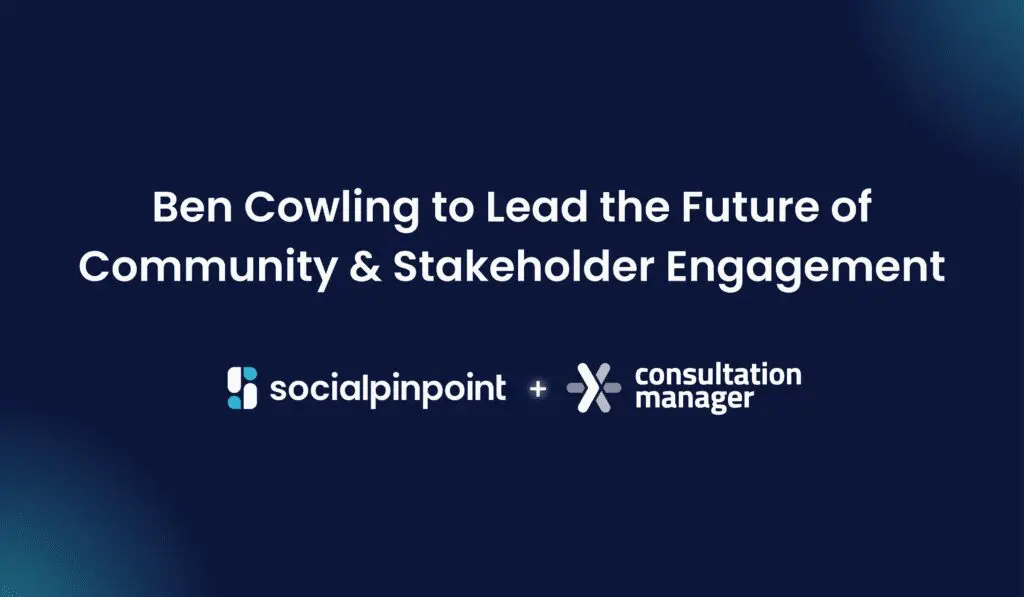Integrating theory and research with the practice of community engagement or citizen participation has value in that it assists all of us to better answer basic questions, such as:
- What is ‘community engagement’? What works? What doesn’t work? What are the gaps in understanding?
- Why engage with communities/people? Why would people want to be engaged?
- Who needs to be engaged? Who engages?
- When should we engage?
- How should communities be engaged? How have others done it? How can practice be improved?
Community engagement, also termed citizen or public engagement or participation, is ‘an umbrella term that encompasses numerous methods for bringing people together to address issues of public importance’ (Nabatchi and Amsler, 2014: 63S). Other definitions highlight the deliberate, strategic nature of community engagement, since its objective is to ensure that people outside of government are involved in, and can have influence over, decision-making for policies and services, and that it is therefore closely related to notions of empowerment (Holmes, 2011; Morgan-Trimmer, 2014).
In recent years, there has been a resurgence of interest in community engagement. Commentators acknowledge that it provides opportunities for a diversity of voices to be heard on issues that matter to people; helps to generate support, agreement and momentum for public actions; builds stronger communities; and can be a key method to address practical concerns about improving the production and delivery of public goods and services. Citizen participation takes advantage of transformations that have occurred in recent decades in the expectations, confidence and capacities of ordinary people and is a key method for promoting more participatory forms of direct democracy.
Research helps us to understand what works and doesn’t work to engage communities effectively.
The level of citizen control over the decision-making process varies from engagement initiative to initiative, and there is value in determining – and being open about – this from the start. A search of the databases would reveal strong research interest in this topic. Pratchett et al. (2009) have put forward a model (the ‘CLEAR’ model) that draws attention to:
- Capacity building, including the training and support of volunteers, mentoring and leadership development, which helps people in communities to build the resources they need to mobilise and organise, including public speaking, writing and technical skills
- Ensuring that the public entity that is the focus of the engagement e.g. a local council maintains a focus on citizenship, community development and promoting social cohesion in its jurisdiction so that citizens can identify with it and willingly commit to participation
- Investing in civic infrastructure and community networks so that individuals, groups and umbrella organisations are enabled to participate
- Ensuring that community engagement initiatives are diverse and genuine in their desire to ask for and make use of community input
- Establishing a public policy system that has the capacity to respond to community wishes through delivering specific outcomes and providing ongoing feedback.
Some approaches to community engagement exhibit problems with inadequate preparatory information provided to citizens; restrictive timelines; and quarantining community input within particular units or departments, thus making it difficult for information to be fed into decision-making processes at senior management and or elected representative levels. These are practices that should be avoided.
Community engagement, and the empowerment it promotes, is impossible if you do not take steps to understand the community or communities you are trying to empower.
As noted by Holmes (2011: 18), ‘the identification of discrete communities of interest, or of place, seems to be a key factor in whether engagement initiatives really succeed, and governments are well-advised to seek these out when planning their engagement strategies’. Recognise also that citizens may be well or poorly disposed to participate depending on issues such as the urgency of their concerns, the relevance of the matter being addressed, the nature of their previous engagements with government (if any), and their personal qualities and ‘habits of heart and mind’ that influence their disposition to become involved.
The methods you will find most appropriate and effective to use for engaging communities – and there are many – can only really become evident to you once you have gained clarity on most of the other questions. Perhaps more important than particular mechanisms, is the overall approach to engagement that you adopt as an organisation.
Based on experiences in Western Australia, Wills and Nash (2012) have developed a model that situates community engagement solidly within democratic governance and management structures and processes, with enhanced community wellbeing as the overall outcome. Intrinsic to their model is a belief in the power of democracy and its potential to transform political and bureaucratic cultures so that community engagement – using a wide range of techniques and methods such as citizen panels, consensus conferences, round tables, world cafes, e-democracy, focus groups, deliberative polling, citizen juries – is embedded in the organisation culture not as an ‘auxiliary consultation mechanism for representative democracy, but as a means to reinvent the connection between participation and representation’.
Further reading:












